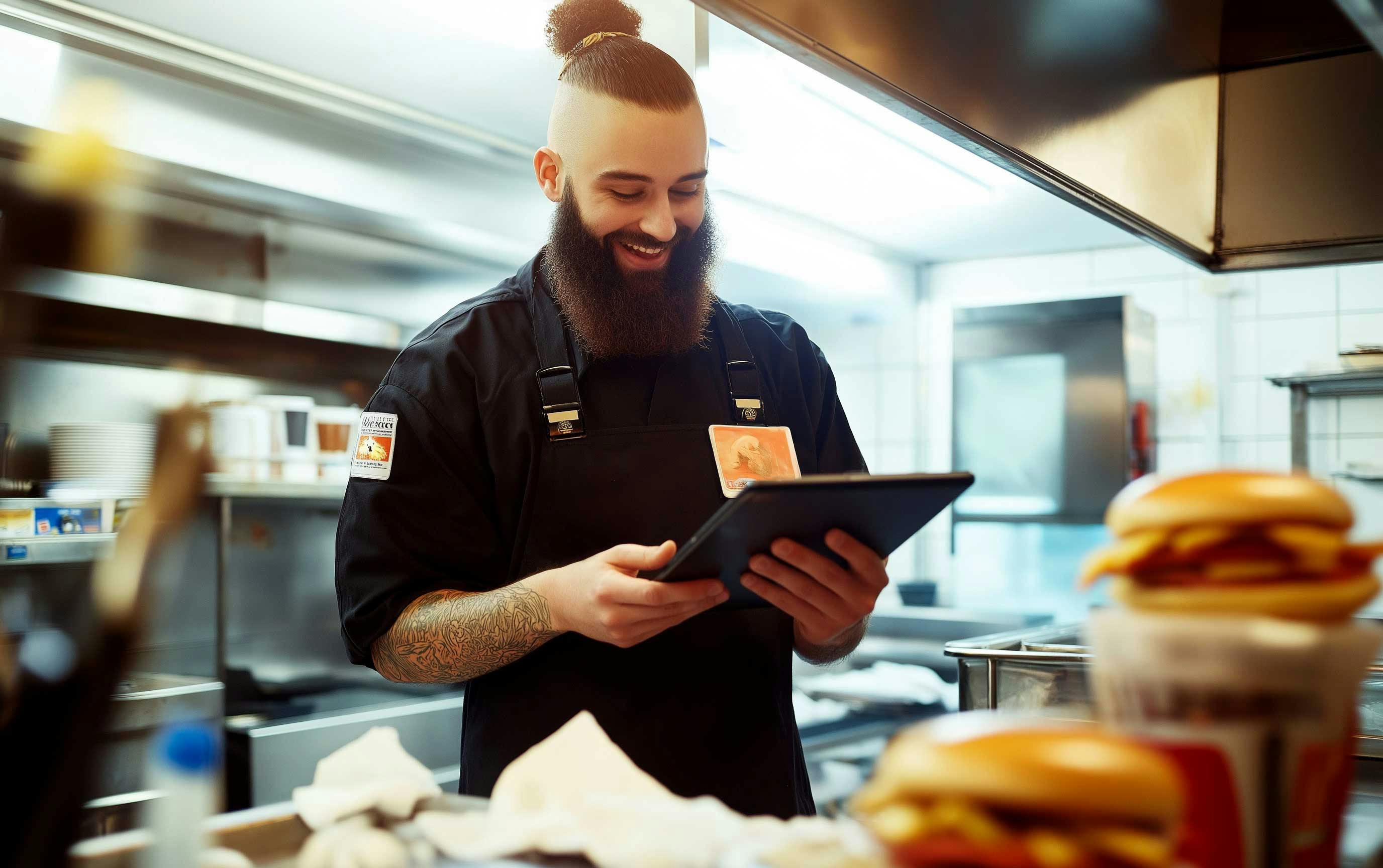FAQs About Taking Control of Your Online Orders

- How can I reduce my dependence on third-party delivery platforms?
- What’s the best way to get more customers ordering directly from us?
- How do I store customer data when they place an online order?
- How can I drive loyalty through my ordering channel?
- How do I promote direct ordering without losing third-party volume?
- Closing Thoughts
There's no question that third-party delivery platforms have helped restaurants scale online ordering fast. But for many, convenience has come at a cost: high fees, limited customer data, and little control over the experience.
That's why many brands are looking to rebalance the mix. The aim is not necessarily to cut out delivery apps altogether but rather to create a more direct relationship with customers in a healthy way while still leveraging the reach of third parties.
Let’s answer the big questions operators are asking as they look to take back control of online ordering without losing momentum.
How can I reduce my dependence on third-party delivery platforms?
First, start by shifting volume to your direct channels. Put direct ordering links front and center on your website, Google Business profile, and all social media.
Then, create an incentive for them to use it – free delivery, loyalty rewards, or app-only offers. If you don't give customers a reason to choose directly, they won't.
Case Study: PINZA increased direct sales using Deliverect's Social Media Ordering. They enabled customers to place orders directly through their social media channels without leaving the app. This made ordering easier for customers and helped them maintain full control of brand identity and advertising.
What’s the best way to get more customers ordering directly from us?
Prioritize convenience and discoverability. Your direct channel has to be fast, mobile-optimized, and frictionless. Platforms like Deliverect Direct enable you to accept orders through your website or social media (Facebook, Instagram) while managing everything from a single location.
A good example is Goiko, which used Deliverect to optimize its direct ordering flow and scale without compromising customer experience.
How do I store customer data when they place an online order?
Use direct ordering to collect first-party data — emails, order history, and location. That data powers your CRM and marketing tools, enabling targeted re-engagement campaigns. Automate follow-ups and reward repeat purchases to build long-term loyalty. Third-party platforms won’t give you this; direct channels will.
How can I drive loyalty through my ordering channel?
Reward frequency with simple, visible incentives. Loyalty programs must be easy to join and feel valuable—think points for every order or free items after a certain number of purchases.
Use QR codes on packaging and checkout screens to encourage sign-ups. Then, continue to send regular reminders and offers that surprise and delight.
How do I promote direct ordering without losing third-party volume?
Leverage 3rd-party apps to get the customer in the door. However, they "own" that customer on their 2nd visit. Add promo codes or loyalty program invites to the bag during delivery or order fulfillment.
Standout service and exclusive offers turn transient app users into loyal, direct customers. Think of marketplaces as a "discovery and trial platform," not your lifelong customer bank.
Closing Thoughts
Taking control of your online orders extends beyond canceling delivery apps. It extends to building a direct channel that works just as hard—it puts you back in touch with your customers, protects your margins, and drives repeat business.
When customers order directly, you gain more than just margin—data, loyalty, and the ability to adapt quickly to what's working (and what's not). But digital is only one piece of the puzzle. To take full control of the guest experience, you must reimagine what that looks like in your restaurants. That's where kiosks come in.